Last Saturday, I had the pleasure of working with a few dancers at Dancenter North on turnout. This was the first of 6 weekly sessions designed to help these dancers better understand and execute turnout while dancing. As a complement to this class, each Wednesday of the following week I will post a brief summary discussion of our time together. It is my hope that these posts will help even more dancers get a glimpse of the work we did and learn some concepts that might also help you improve your turnout. As with every physical endeavor, success is created with a process, which is why I have entitled these posts “Cultivating Successful Turnout”.
For our first week together, we discussed three concepts that will guide every exercise and activity we do together during this workshop.
- Turnout involves your whole body. From head to toe. Our bodies are made up of multiple segments that are interdependent and constantly interacting with each other. Although we focus on the hips and a primary source of turnout, the shoulder, spine, knees, ankles, and feet do influence how well the hips can turn out. We must address how each of these segments move in order to achieve our best turnout.
- Turnout involves multiple physical capacities, not just flexibility. Your body requires strength, balance, control, and endurance to achieve and maintain good turnout while you dance. Developing each one of these components to turnout can help you not only improve your ability to turn out while standing still, but during dynamic movements such as passé, développé, or grande jeté.
- Starting with success is critical. When our bodies perceive that they are under stress and in danger, they will likely react protectively. Therefore, forcing maximal turnout will likely contribute to more muscle tightness and less mobility, which is the opposite of our goal. Allowing our bodies to work from an initially comfortable position (we used the standards of little to no perceived joint strain and good stability when standing on one leg) enables a sense of safety and supports more movement and control as we progress.
Success Tip: In your next dance class, start with only as much turnout is completely comfortable. Then watch your comfortable turnout gradually increase as you warm up.
Next week, we will explore the role of the feet in turnout and will work on some exercises to enhance the contribution of our feet to our turnout. I will be reviewing comments and questions about turnout submitted by the dancers participating in this workshop and encourage you to comment below to join the conversation. We hope you will join us as we continue our journey toward success!


